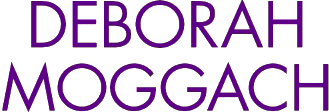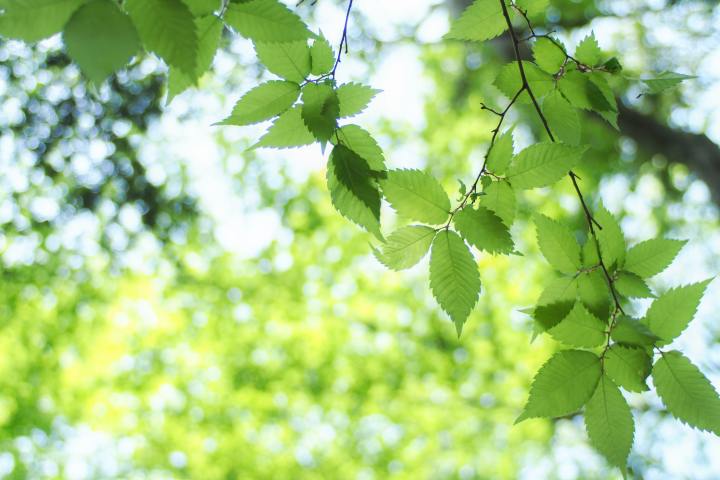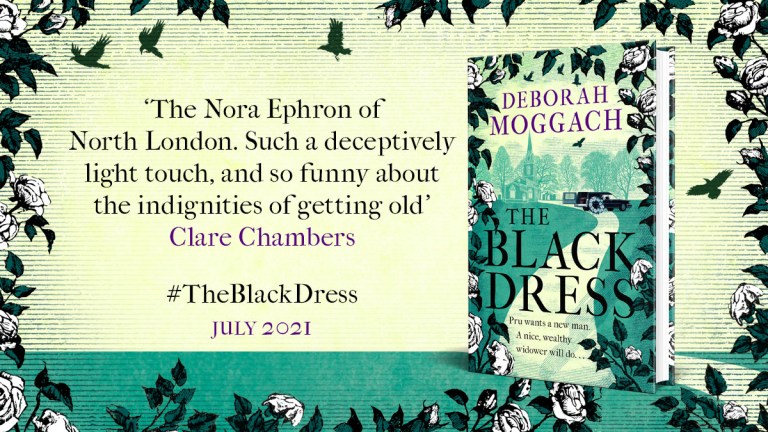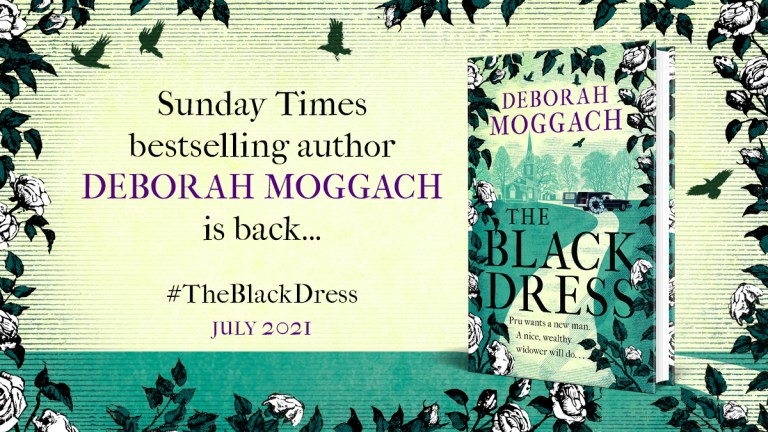Summer 2009
This is something I’ve just written for the Guardian about my recent experiences in Palestine. Such an extraordinary week, and so much more to say about it, but this will have to do…
I’ve just returned from a tumultuous week in Palestine, where sixteen writers from around the world have been taking part in the Palestine Festival of Literature (Palfest). It was started last year by Ahdaf Soueif as a way of bringing poets, journalists, publishers and novelists to the Occupied Territories to celebrate, in Edward Said’s words, “the power of culture over the culture of power”. There’s nothing else quite like it; due to the restrictions on movement it’s us, the visitors, who bring the mountain to Mohammed, travelling around in a bus visiting various towns in the West Bank to do readings with Palestinian writers, stage music and poetry events, do workshops with university students and visit refugee camps. This year’s group included Michael Palin, Henning Mankell, Claire Messud, Jamal Mahjoub, Abdulrazak Gurnah and the dazzling poet/performer Suheir Hammad.
We travelled in from Jordan. After being held for five hours at the checkpoint we arrived in East Jerusalem for our first event, at the Palestinian National Theatre. The audience was just sitting down when armed police barged in and ordered us all out. Despite our protests that we were hardly a dangerous bunch (“oh I don’t know” whispered Palin, “far too many people in the audience were crossing their legs”) we found ourselves out on the street, where the French came to our rescue and offered us an alternative venue. So we all picked up the plates of food and walked through the streets to the French Cultural Centre garden, where we started the whole thing all over again, with eight police cars parked in the street outside.
So began our Kafkaesque journey into the West Bank, a journey punctuated by checkpoints where teenage soldiers smoked in our faces and disembodied voices ordered us through holding pens like cattle in an abattoir, where the high, hideous concrete Wall sliced through communities, cutting off farmers from their land and children from their schools, and which is graffiti’d with paintings of trees and the pitiful “Can I Have my Ball Back?” The next evening, in Ramallah, we listened to Suad Amiry, who has written a hilarious a book called “Sharon and my Mother-in-Law” about the absurdities of everyday life in the occupied territories. She talked most eloquently about the disconnections of time and geography in a place where the journey to Nablus, which should take an hour, can take all day. Where time is measured by curfews and checkpoints, themselves so arbitrary that people are constantly disorientated and can rely on nothing. Where roads are constantly blocked, disappeared and reinvented. Where everything conspires to obliterate certainties and instill a low thrumming of fear and humiliation.
Yet everywhere we were given the warmest of welcomes, and were astonished by the courage, humour and resilience of those we met. “We don’t have the luxury of despair” one man told me. In the afternoon the wonderful Raja Shedaheh, whose book “Palestinian Walks” is an elegy to a lost landscape, took us for a walk through the Ramallah hills, now designated Zone C which meant we could all be arrested. In this beautiful Biblical landscape, filled with wild flowers, there was a surreal moment when Michael Palin told me about being crucified in “The Life of Brian” and how they all had little bicycle seats to sit on, when on the cross.
This ancient landscape is now blighted by illegal Israeli settlements, huge blocks of flats sitting on the top of the hills, dominating the countryside and built so the occupants have no sight or connection with the local people living below. The roads to them are forbidden to Palestinians. In the Aida refugee camp in Bethlehem, a few days later, a youth-club worker told us how he had managed to bring out some children to visit the lost family villages they had never seen, which their parents had never seen, and how they filled plastic bottles with fresh spring water to take back to their grandparents, who hadn’t set foot in their homes for sixty years.
Our last visit was to Hebron, an ancient and beautiful town where the settlers have actually moved into the centre, taking over the upper floors of the buildings above the bazaar, which over the last few years has slowly been throttled by intimidation and lack of access – there are 101 checkpoints in the city, and many places are now unreachable due to roadblocks. Outside the mosque only two Palestinian shops remain. In one, the old man burst into tears when talking to us. “I shall never leave” he said, while the settler centre opposite blared out nationalist Zionist songs, drowning out the call to prayer from the mosque. An ancient way of life is slowly being exterminated by this ethnic cleansing. The only people who can walk freely are the settlers, who have four security guards to every person and who stroll around with large dogs. One of them was filming us. When asked why, he replied “I’m filming for God.” When we asked “What sort of God would permit this?” he replied “God wants me to photograph you so you can go to hell.”
When we returned to East Jerusalem for our final event we found the theatre closed again, and we had to decamp to the British Council garden. I can hardly start to describe the horrors of what is going on. As we left I thought of my favourite New Yorker cartoon. As two men walk away from the crucifixion one says to the other “Why don’t we just put this behind us and move on?”
For films of these and other events, plus blogs, log onto the Palfest website.
Do email me if you fancy, about this or any other stuff, info@deborahmoggach.com, and have a great summer.






